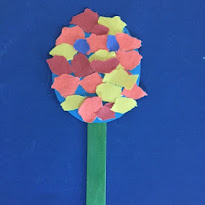QUIET Man (Candace Reed)
Make "quiet man" with your fingers by sticking up pinky and pointer and touching thumb, ring man, and tall man. When the teacher holds up "quiet man" the children respond by making "quiet man" and focusing on the teacher.
Remind children that they all have a magic triangle in their pocket. (Place pointers and thumbs next to each other to form a triangle.) When the children need to calm down ask them to take out their magic triangle and hold it in front of their mouth. Tell them to take a deep breath in through their nose, and then slowly blow through the triangle.
Body Check
*Teacher: Are your eyes looking at me?
Children: Check!
Teacher: Are your ears ready to listen?
Children: Check!
Teacher: Are your bodies sitting quietly?
Children: Check!
Teacher: Are you ready to learn?
Children: Check!
Looking!
I am looking.
What do I see?
I see (child's name) sitting (listening, etc.)
Properly.
Hint! Lower your voice each time you say this using a different child's name until they are all quiet.
Breath through Your Nose
Signs
Close Your Eyes
Criss Cross
Criss cross, (Fold arms across chest.)
Be your own boss. (Nod head.)



















































